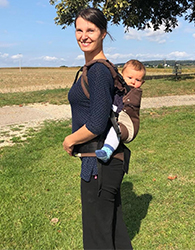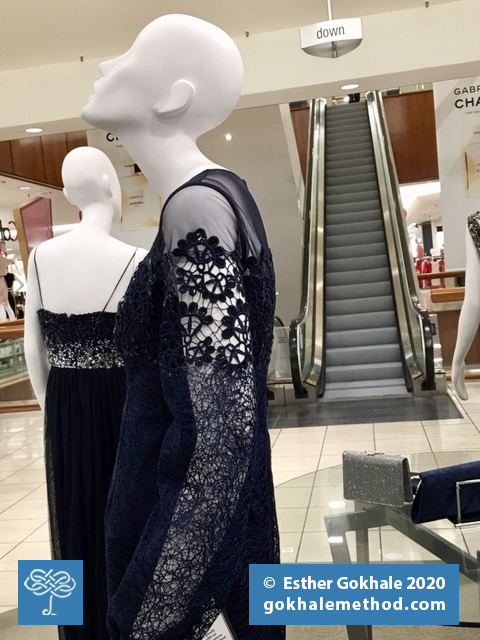Women’s Empowerment Through Posture
How to Work Out Smarter, Not Harder
How Not to Be a One-Trick Pony as a Pain Intervention
How (and Why) to Keep Your Neck Tall
Opening Your Heart Space
This bronze figure shows an open chest and “heart space;” his shoulders are well back and his ribcage is anchored. He is part of a fountain in Piccadilly Circus, London, sculpted by Sir Alfred Gilbert in 1893. Referred to (erroneously) as “Eros,” the figure is in fact Anteros, Eros’ brother, who represents a more mature, less capricious love. Original image courtesy Gareth Williams under CC BY 2.0.
“Heart space” is a term used in yoga to describe the upper part of the chest where the heart is located. Valentine’s Day is an ideal time to give some special attention to this region, and explore its relation to your posture and wellbeing.
The Gokhale Method teaches four particular techniques
Marrying Tradition with Modernity: Sarees and Posture
Aarani silk from Tamil Nadu, Southern India. Aarani, a small town, weaves only silk sarees in 3-plied or 2-plied yarns, making it a lighter silk to wear. The first national flag of independent India hoisted at the Red Fort is rumored to have been woven in Aarani. Stacksitting helps showcase the saree in its full glory.
People who know me well have come to associate me with my posture work, my love for sarees — the traditional Indian unstitched garment — and my frequent travel owing to my management consulting work. This is an accurate perception: I love all these things.
Bhujodi cotton from Gujarat, Western India. Made in a small town near Bhuj, this Khadi fabric is fully made of organic
Why Does the Oldest Chinese Buddha Figure Slump?
The oldest surviving dated Chinese Buddha figure shows surprisingly slumped posture. Note the forward head, absence of a stacked spine, and tucked pelvis. He would not look out of place with a smartphone in his hand!
This surprisingly hunched Chinese Buddha figure is the oldest dated Chinese Buddha figure that has survived into modern times. The inscription on its base dates it to 338 AD, 500 years after Buddhism came to China from India. Compare the Chinese Buddha figure with this Indian Buddha figure from roughly 800-1000 AD…
This North Indian Buddha figure from the post-Gupta period (7th - 8th century AD) shows excellent form. He has a well-stacked spine, open shoulders, and an elongated




